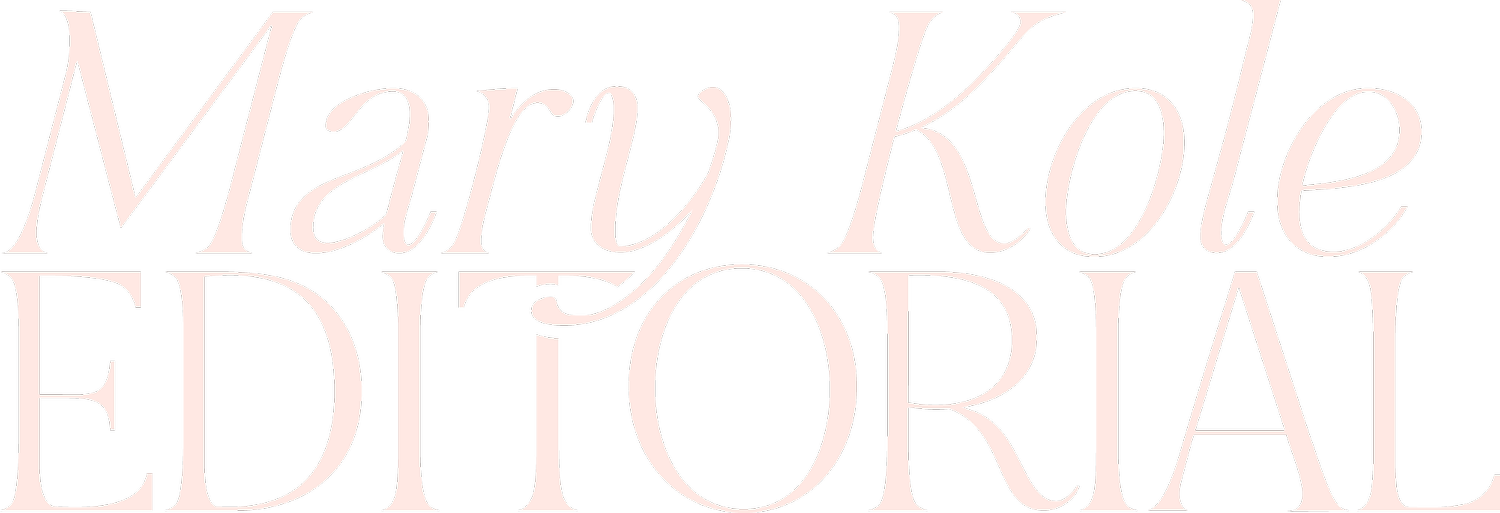Getting Familiar With the
Literary Device in Writing
By Mary Kole
Mary Kole is a former literary agent, freelance editor, writing teacher, author of Writing Irresistible Kidlit, and IP developer for major publishers, with over a decade in the publishing industry.
Whether you are a student, an aspiring novelist, or a professional writer, you can harness the literary device in writing to give readers a deeper appreciation of your text and ideas. Literary devices enrich language and create vivid descriptions and interesting narratives that readers can connect with in meaningful ways. No matter what you’re writing, or which style you’re working in, you might include a literary device or two to enhance your voice. In this article, I’ll look at what literary devices are, and when and how to use them in your own writing.
What Is a Literary Device?
A literary device is any narrative technique used to convey ideas or stories in creative ways. There are many different types of literary devices that can be used, depending on the situation. Examples include metaphors, similes, personification, symbolism, alliteration, and onomatopoeia. Each type of device has its own purpose and standard usage. One literary device might emphasize a point, while another adds humor or emotion. It’s important to know which type of literary device works best for each situation so that your writing will have the desired effect.
All kinds of writing can benefit from the addition of some carefully chosen literary elements, but make sure you don’t overdo it. Insecurity about your writing voice is not a good reason to load your text up with one literary device after another. Instead, match your chosen literary device to the appropriate place in your manuscript. You’re much more likely to be successful adding a literary device to a descriptive passage full of scene-setting or a climactic character reaction beat, for example.
A sweeping overview of your story world might warrant some metaphors or similes. Meanwhile, dialogue can use the literary device of irony for comedic effect. Your plot might want some dramatic irony, if readers know more than your character does, or foreshadowing to drive up narrative tension. Each of these techniques can be termed a literary device.
When and How To Use a Literary Device in Your Writing
When it comes to using literary devices in your own writing, it’s important to first consider what kind of effect you want to achieve with that technique. The thing about a literary device is that it can become easily overused. Consider how many times you add a metaphor for emphasis or a pun for comic relief. Do you lean too heavily in one direction or another? Do you have favorite “pets” in the literary device space that you rely on over and over?
Let your substance be more important than your style, even if you’re writing literary fiction and need to emphasize your creative chops. You should never let a literary device interrupt quick action, for example, unless you’re using the literary device of mimetic writing. And you should not clog your writing with so much imagery that the actual meaning of your sentences—your clarity—is lost.
Cliché is also a big worry with any literary device. Some images—especially metaphors and similes—come to mind easily because we’ve all read them before. It's also easy to forget about subtlety when using these tools. If an image is too obvious, it isn’t going to do your work any good.
As you get more familiar with your story and which literary device might be a fit where, you can try out different combinations until you arrive at a sentence or sequence that balances action, meaning, character development, plot progress, and a literary device or two. As long as your writing flair doesn’t feel forced or unnatural, then you should be good to go. Remember, less is always more when it comes to a literary device, lest it becomes tiresome.
Judicious use of a literary device at a key moment in your writing can level up both what you’re saying, and how you’re saying it. By understanding which literary devices are available, why you might use them, and when and how to employ a literary device most effectively, you’ll be able to add some important tools to your writing toolbox.
Keep your quest for the perfect literary device in perspective, as well. This kind of close attention at the sentence level doesn’t generally happen until later in the revision process, so you have time to get your literary device game right in the life cycle of a writing project.


